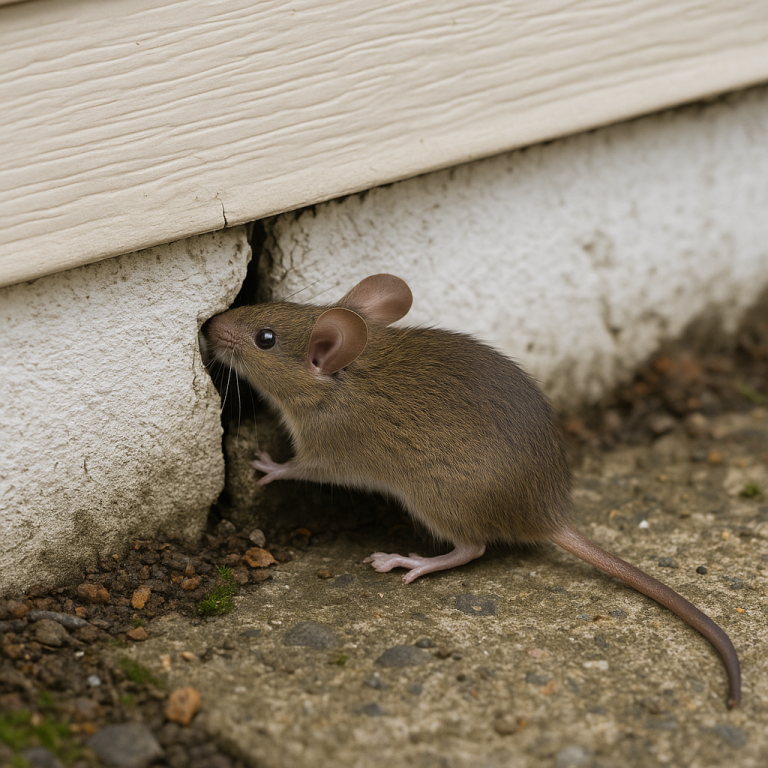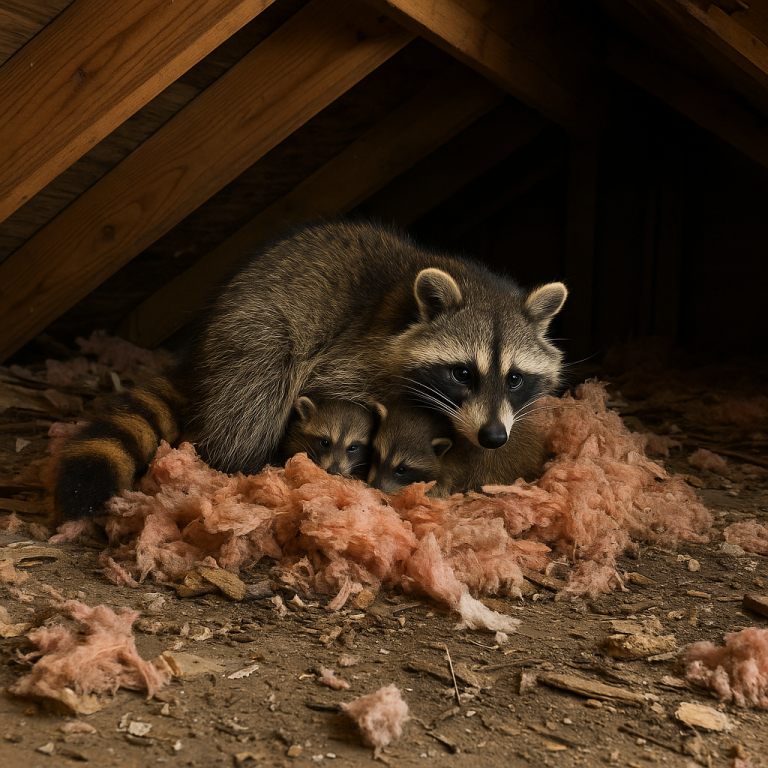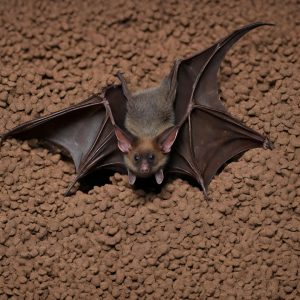Hamilton is a city rich with character. From the charming brick homes of Durand and Kirkendall to the tree-lined streets of St. Clair and Strathcona, the city’s older neighbourhoods offer timeless appeal and strong community roots. But beneath their beauty lies a common problem that many homeowners don’t expect… pests.
Aging structures, mature trees, and older construction styles create the perfect conditions for insects, rodents, and wildlife to move in. Homeowners in Hamilton’s historic areas face unique pest challenges that require more than standard prevention.
This article explores the top pest issues found in Hamilton’s older homes, why they occur, and what you can do to keep your property protected year-round.
Why Older Homes in Hamilton Attract Pests
Hamilton’s heritage homes were built decades before modern construction standards were established. While these homes have undeniable charm, they also come with vulnerabilities that newer properties don’t have.
Gaps, Cracks, and Unsealed Foundations
Brick and stone foundations shift over time. Mortar deteriorates, creating small entry points that allow mice, ants, and even cockroaches to slip through. Gaps around basement windows, deteriorating caulking, and old wooden door frames also become gateways for pests.
Aging Insulation and Hidden Voids
Many older homes were built with outdated or incomplete insulation. Wall voids, attics, and crawl spaces provide ideal nesting sites for rodents and wildlife. Once inside, pests use insulation to build warm nests during Hamilton’s colder months.
Mature Trees and Overgrown Landscaping
Neighbourhoods like Locke Street, St. Clair, and Gage Park are known for their large trees and lush yards. While beautiful, these provide easy access for squirrels, raccoons, and ants. Tree branches touching the roofline create natural “bridges” that pests use to reach attics and soffits.
Older Drainage and Moisture Problems
Many basements in older Hamilton homes are prone to moisture buildup. Dampness attracts silverfish, cockroaches, centipedes, and carpenter ants. Leaky foundations and poor ventilation create year-round pest pressure.

The Most Common Pest Problems in Hamilton’s Older Neighbourhoods
Mice and Rats
Rodents are the number one pest issue in Hamilton’s aging homes. Mice can squeeze through openings as small as a dime, while rats exploit larger gaps in basements, garages, and utility lines.
Older foundations, crumbling mortar, and gaps around pipes provide perfect entry points. Once inside, mice often nest behind walls or under floors, chewing through insulation and electrical wiring.
Rodent infestations grow quickly. One pair of mice can produce dozens of offspring within months, which is why prevention and early control are crucial.
Warning Signs:
- Scratching or rustling in the walls at night
- Droppings in kitchen drawers or basements
- Gnaw marks on food packaging or wiring
- A faint musty odour
Carpenter Ants
Carpenter ants are a major concern for Hamilton homeowners, especially in neighbourhoods filled with century-old woodwork. These ants don’t eat wood like termites, but they tunnel through damp or decayed areas to build their nests.
Water leaks, rotting window frames, and damp basements give them the perfect environment to thrive. Over time, their tunnelling can weaken structural beams, trim, and floors.
Professional inspections can help locate hidden colonies before they cause major structural damage.
Warning Signs:
- Piles of sawdust-like material near baseboards
- Large black ants appearing indoors, especially at night
- Clicking sounds from within walls
- Winged ants emerging during spring or summer
Raccoons in Attics
Raccoons are a frequent issue in older Hamilton neighbourhoods with mature trees. They often enter attics through broken soffits, roof vents, or loose shingles. Females seek safe, quiet places to give birth during the late winter and spring months.
Once inside, raccoons can cause extensive damage. They tear insulation, chew wires, and leave behind droppings that can contaminate the air.
Hamilton’s urban raccoon population is among the most persistent in Ontario, so humane removal and proper sealing are the best solutions.
Warning Signs:
- Heavy thumping or movement noises in the attic
- Torn shingles or bent soffit panels
- Strong ammonia-like odours from urine
- Damage near roof edges or vent openings
Squirrels and Other Wildlife
Eastern grey squirrels are active throughout Hamilton’s residential neighbourhoods. They easily chew through wood and aluminum to reach attics and eaves. Once inside, they build nests with insulation and wiring materials.
In addition to squirrels, older homes are also vulnerable to bats and birds nesting in chimneys or vents. Wildlife exclusion is the safest way to remove and prevent re-entry. By installing one-way doors and sealing access points it lets pests out and keeps them from coming back in.
Warning Signs:
- Scratching or scurrying during daylight (squirrels are diurnal)
- Entry holes along rooflines or gables
- Twigs, leaves, or insulation near vents
- High-pitched squeaking (possible bat activity)
Cockroaches
Cockroaches thrive in older multi-unit buildings and century homes with shared plumbing lines. They are attracted to warmth, moisture, and food residue. Older kitchens, cracks in tile grout, and leaking pipes create ideal nesting conditions.
Cockroach infestations spread quickly through walls and pipes. Professional-grade treatments are necessary to eliminate them completely.
Warning Signs:
- Oval-shaped droppings that look like black pepper
- Unpleasant odour in warm areas (under sinks or behind stoves)
- Shedded skins or egg casings
- Sightings of small brown roaches at night
Ants and Wasps
Hamilton’s summers are hot and humid, encouraging insect activity. Pavement ants are common around older stone foundations, while wasps build nests under decks, roof eaves, or porch railings.
Homeowners often notice increased wasp activity in late summer when colonies reach full size. Professional exterior sprays and preventive maintenance in spring can keep these insects under control throughout the season.
Warning Signs:
- Trails of ants around baseboards or countertops
- Small dirt mounds near driveways or patios
- Visible wasp nests under railings or eaves
- Buzzing around attic vents or outdoor lights
Cluster Flies and Boxelder Bugs
Homes in older neighbourhoods near trees and open areas, such as Dundas or the Mountain brow, often deal with cluster flies and boxelder bugs in fall. These insects seek warmth inside wall voids and attics as temperatures drop.
While they don’t cause damage, their presence is a nuisance, and they often reappear on sunny winter days. A preventive exterior spray in late summer helps keep them out before the weather cools.
Warning Signs:
- Dozens of slow-moving flies near windows in late fall
- Buzzing in attic spaces
- Bugs clustering around south-facing walls

Preventing Pests in Hamilton’s Older Homes
Living in an older home doesn’t mean you have to live with pests. A proactive approach to maintenance and prevention can protect your investment year-round.
Seal Entry Points
Inspect foundation cracks, utility penetrations, and around windows and doors. Use caulking, steel wool, and mesh to seal gaps.
Maintain Rooflines and Soffits
Replace damaged shingles and screen vents. Trim back branches that touch your roof to prevent wildlife access.
Reduce Moisture
Use dehumidifiers in basements and repair leaks promptly. Proper ventilation deters insects that thrive in damp conditions.
Keep Food Areas Clean
Store food in airtight containers and wipe up spills immediately. Regularly clean under stoves, fridges, and dishwashers.
Schedule Routine Inspections
Pests are often most active when homeowners least expect them. Seasonal inspections by a licensed technician can identify early signs of activity before it becomes a full infestation.
How Professional Pest Control Helps Hamilton Homeowners
Older homes require specialized pest management that goes beyond quick fixes. Professional pest control companies understand the construction styles and common vulnerabilities in Hamilton’s heritage neighbourhoods.
A licensed technician will:
- Identify entry points unique to older brick and stone foundations
- Apply targeted treatments safe for pets and families
- Use exclusion techniques for long-term wildlife prevention
- Monitor pest activity across seasons to prevent re-infestation
These services protect not only your property but also your home’s structural integrity and resale value.

Protecting Hamilton’s Historic Homes for the Future
Hamilton’s older neighbourhoods are part of what makes the city unique. With regular maintenance and year-round pest protection, you can preserve your home’s character while keeping it safe and comfortable.
If you’re noticing signs of pests in your home contact Elite Pest and Wildlife Removal. Our team specializes in protecting Hamilton’s heritage homes using humane, effective, and lasting solutions.
Call 226-208-7793 or visit elitepestandwildlife.ca to book an inspection today.


